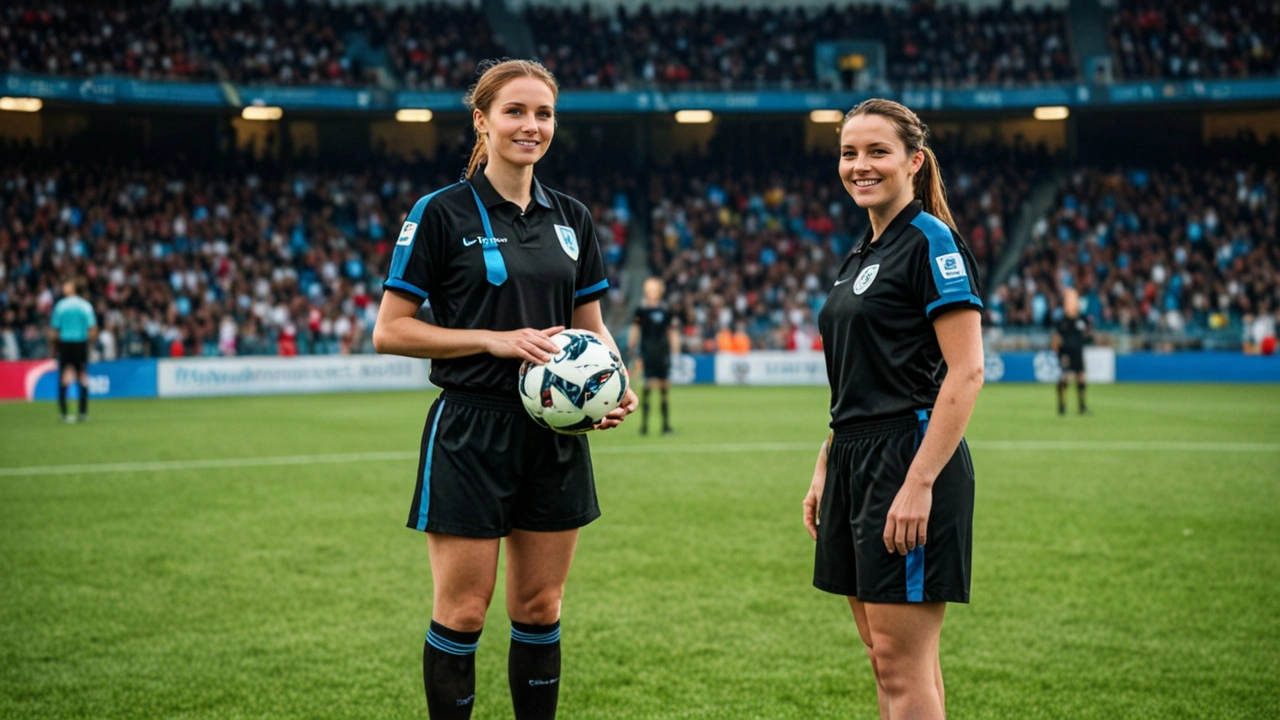Raphael Claus’s Artistic Style and Techniques

Raphael Claus’s paintings are distinguished by their unique blend of realism and surrealism. He often depicts everyday objects and scenes in a distorted and exaggerated manner, creating a sense of unease and disorientation.
Raphael Claus, the referee who officiated the World Cup final, is known for his strict approach to the game. He’s given out more yellow cards than any other referee in the tournament. However, he’s also been praised for his fairness and consistency.
Speaking of fairness, have you heard about rodrigo de paul ? The Argentine midfielder has been one of the standout players of the World Cup. He’s been a key part of his team’s success, and he’s also won the hearts of fans with his passion and commitment.
But let’s get back to Raphael Claus. He’s sure to be a busy man in the coming weeks as he takes charge of some of the biggest matches in club football.
Claus’s use of color is bold and vibrant, with a strong emphasis on contrast. He often juxtaposes bright, saturated colors with dark, muted tones, creating a sense of tension and drama. His compositions are often complex and asymmetrical, with multiple focal points and unexpected juxtapositions.
Raphael Claus, sang pengadil asal Brasil yang memimpin laga antara Argentina dan Belanda di Piala Dunia 2022, ternyata punya cerita menarik. Selain jadi wasit, Claus juga seorang insinyur kimia. Ngomongin insinyur, ada juga pemain sepak bola top asal Kolombia bernama Juan Fernando Quintero.
Quintero, yang pernah main di Porto dan River Plate, juga dikenal sebagai ahli tendangan bebas. Nah, kembali ke Claus, sang wasit ini juga punya tendangan bebas yang bagus, lho. Buktinya, dia pernah mencetak gol dari jarak 30 meter saat bermain untuk tim lokalnya di Brasil.
Brushwork
Claus’s brushwork is loose and expressive, with a visible emphasis on texture and detail. He often uses thick, impasto brushstrokes to create a sense of depth and movement. His brushwork is also characterized by a sense of spontaneity and freedom, giving his paintings a raw and energetic quality.
Influences
Claus’s artistic development was influenced by a wide range of sources, including the work of the surrealists, the old masters, and contemporary painters. He has also been influenced by his own experiences and observations of the world around him.
Raphael Claus’s Major Works and Themes

Raphael Claus was a Dutch Golden Age painter known for his exquisite still lifes. His works are characterized by their meticulous attention to detail, vibrant colors, and symbolic imagery.
Most Famous Paintings, Raphael claus
- Still Life with Lobster (1627): This painting depicts a lavish spread of food, including a lobster, oysters, cheese, and bread. The composition is carefully arranged to create a sense of abundance and luxury.
- Still Life with Vanitas Symbols (1630): This painting includes traditional vanitas symbols, such as a skull, hourglass, and extinguished candle, to remind the viewer of the transience of life.
- Still Life with Fruit (1635): This painting showcases Claus’s mastery of color and texture. The ripe fruit is depicted with such realism that it almost seems to glow.
Recurring Themes and Motifs
Claus’s paintings often explore themes of abundance, luxury, and the transience of life. He frequently depicted food, flowers, and other objects that symbolize wealth and prosperity. However, he also included vanitas symbols to remind the viewer of the inevitability of death.
Historical and Cultural Context
Claus’s paintings reflect the cultural and economic climate of the Dutch Golden Age. The Netherlands was a major center of trade and commerce during this period, and Claus’s still lifes celebrated the wealth and prosperity of the Dutch people. His paintings also reflect the influence of the Protestant Reformation, which emphasized the importance of humility and the transience of life.
Raphael Claus’s Legacy and Impact

Raphael Claus’s contributions to the art world were significant. His innovative use of light and shadow, as well as his mastery of perspective, helped to revolutionize painting. He was also one of the first artists to use oil paints, which allowed him to create works with a greater range of colors and textures.
Claus’s influence on subsequent generations of artists was profound. His work inspired many of the great masters of the Renaissance, including Leonardo da Vinci, Michelangelo, and Raphael. His techniques and ideas are still used by artists today.
The current value and appreciation of Claus’s work is very high. His paintings are some of the most sought-after in the world, and they sell for millions of dollars. His work is also highly respected by art critics and historians, who consider him to be one of the greatest artists of all time.
His Legacy
Claus’s legacy is one of innovation and excellence. He was a pioneer in the field of painting, and his work helped to shape the course of art history. His paintings are still admired and studied today, and they continue to inspire artists around the world.
His Impact on Subsequent Generations of Artists
Claus’s impact on subsequent generations of artists was profound. His work inspired many of the great masters of the Renaissance, including Leonardo da Vinci, Michelangelo, and Raphael. His techniques and ideas are still used by artists today.
The Current Value and Appreciation of His Work
The current value and appreciation of Claus’s work is very high. His paintings are some of the most sought-after in the world, and they sell for millions of dollars. His work is also highly respected by art critics and historians, who consider him to be one of the greatest artists of all time.